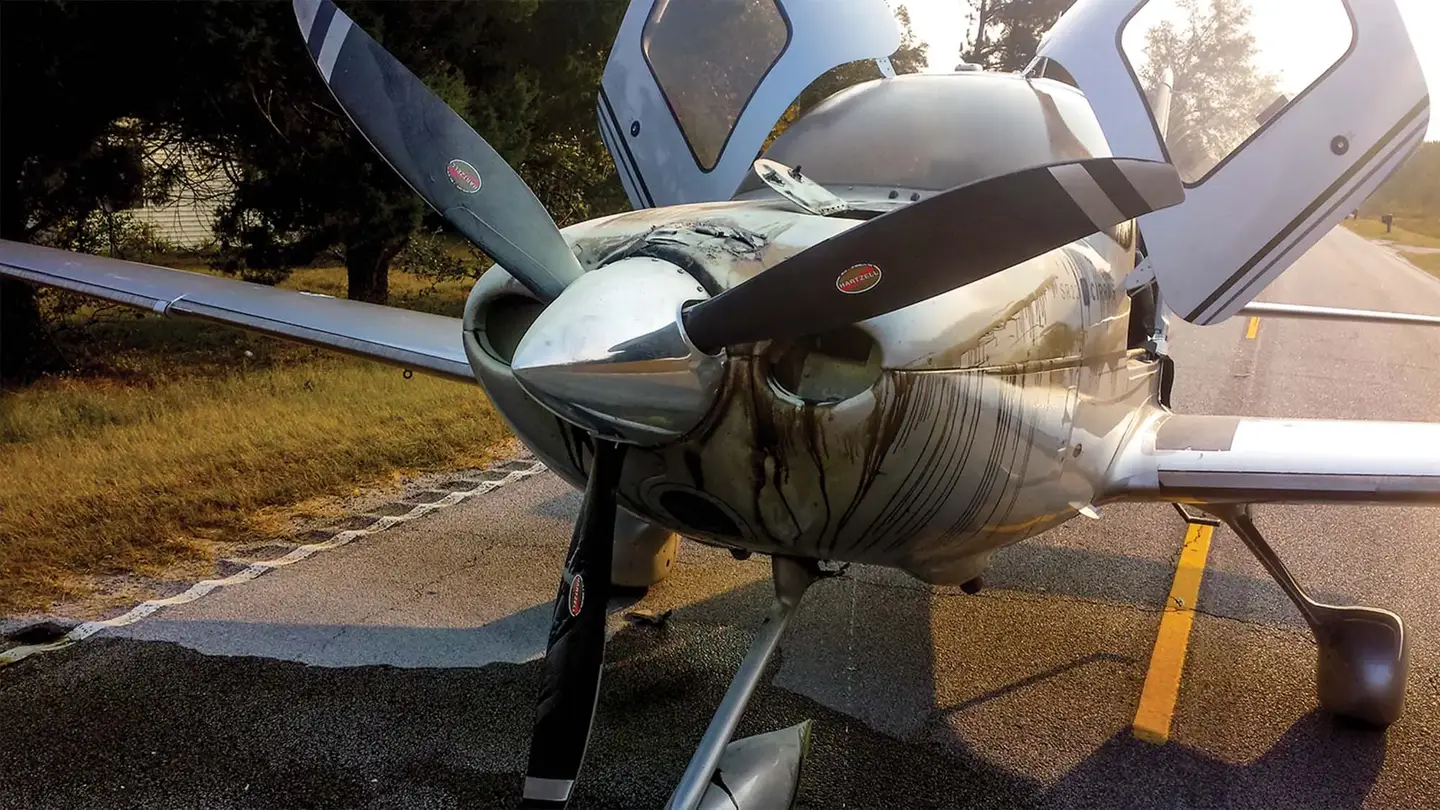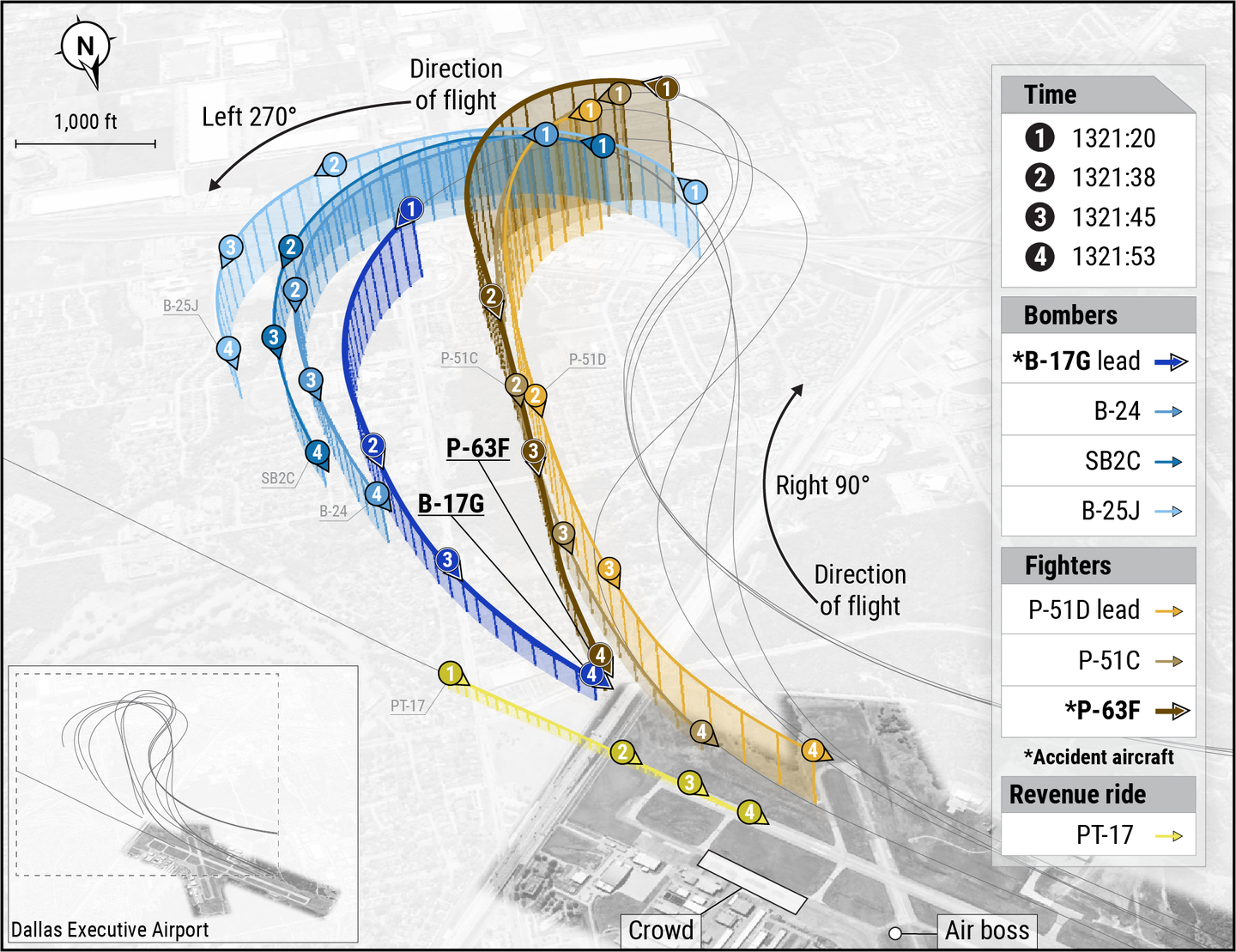General Aviation Accident Bulletin
AVweb’s General Aviation Accident Bulletin is taken from the pages of our sister publication, Aviation Safety magazine. All the reports listed here are preliminary and include only initial factual findings…

Aviation Safety Accident Bulletin
AVweb's General Aviation Accident Bulletin is taken from the pages of our sister publication, Aviation Safety magazine. All the reports listed here are preliminary and include only initial factual findings about crashes. You can learn more about the final probable cause on the NTSB's website at www.ntsb.gov. Final reports appear about a year after the accident, although some take longer. Find out more about Aviation Safety at www.aviationsafetymagazine.com.
June 12, 2020, Hampton, GA.
Van’s RV-8 Experimental
At 1950 Eastern time, the airplane was substantially damaged when it impacted terrain short of the runway after experiencing an engine problem. The solo airline transport pilot was seriously injured. Visual conditions prevailed.
During initial climb after takeoff from Runway 06, witnesses described the engine sound as “missing...popping...not making significant power...and couldn’t get to max power.” Witnesses also saw black smoke trailing in the engine’s exhaust. The pilot announced unspecified “engine problems” over the radio. The airplane then performed a 180-degree turn, presumably to land on Runway 24. But probably because inadequate runway remained, the airplane then entered another 180-degree turn to land on the departure runway. The airplane “stalled” and impacted terrain in a flat attitude at the approach end of Runway 06. The landing gear and cockpit canopy separated, and the wings and the fuselage were substantially damaged.
Examination revealed the engine’s No. 2 fuel nozzle was blocked. The obstruction was cleared with a length of safety wire. Spark plug signatures were consistent with “rich” mixtures in the Nos. 1 and 4 cylinders, and “lean” mixtures in the Nos. 2 and 3 cylinders.
June 13, 2020, Mandan, N.D.
Van’s RV-8 Experimental
The airplane was destroyed at about 1400 Central time when it impacted terrain shortly after liftoff. The solo private pilot sustained fatal injuries. Visual conditions prevailed.
Before the takeoff attempt, a witness advised the pilot that the rear seat belt was securing the rear control stick. The pilot subsequently executed what was described as a three-point takeoff followed by a steep climb. The airplane then descended and impacted terrain. Examination revealed the elevator trim tab was in a nose-up position. Seatbelt webbing was consumed in a post-crash fire.
June 16, 2020, Maricopa, Ariz.
Cessna P210N Pressurized Centurion
As the airplane descended on a straight-in approach, turbulence was bouncing it around, requiring frequent power changes while performing the pre-landing checklist. As the airplane entered its landing flare, the pilot heard the gear horn, but it was too late to go around. The airplane landed gear-up and slid to a stop on its belly, causing substantial damage to the lower fuselage. The pilot reported “he omitted extending the landing gear, verifying for a green light or visually checking the mirrors.”
June 22, 2020, Shelby, N.C.
Cessna 150
According to the solo private pilot, he departed in his recently purchased airplane with full fuel tanks. During the flight, ATC requested he adjust his heading but the flight eventually was routed back on course. When about three miles from the destination airport, the engine “sputter[ed].” The pilot performed a forced landing to a field, during which the engine mount and left wing were damaged. Three gallons of fuel were drained from the unbreached fuel tanks. According to manufacturer’s data, the airplane held 26 total gallons of fuel, of which 22.5 gallons were usable. The pilot reported the right fuel gauge was slightly “incorrect.”
June 23, 2020, Imnaha, Ore.
Cessna 182N Skylane
At about 1930 Pacific time, the airplane was substantially damaged during a takeoff attempt from a backcountry airstrip. The private pilot and front-seat passenger were seriously injured; the rear seat passengers were not injured. Visual conditions prevailed.
The landing at the airstrip was uneventful, except for the right main landing gear encountering soft, wet terrain. The pilot extricated the airplane and positioned it for a downhill takeoff. He also walked the runway, but did not find any foreign object debris or soft terrain along the centerline. Takeoff performance was predicted to require about 1600 feet of the 3300-foot-long runway. Preflight inspection and engine run-up were uneventful.
During the ground roll, the pilot felt the airplane begin to lift off the ground early, so he maintained a nose-low attitude to build up airspeed before starting a climb. When he reached midfield, the pilot suddenly felt the airplane slow down and assumed the landing gear had contacted the runway. He wanted to abort the takeoff, but instead decided to fly the airplane as it had suddenly started to climb. Nearing the end of the runway, the pilot shoved the yoke forward after he heard the stall warning horn, but the airplane rolled to the right and impacted the ground.
June 24, 2020, Fredericksburg, Texas
Cub Crafters CC19-180 XCub
The solo private pilot intended to make a full-stall, three-point landing in the tailwheel-equipped airplane with a right crosswind. The airplane touched down on the right main landing gear and tailwheel, followed by the left main landing gear. The pilot maintained full right aileron input during the landing roll; however, when the airplane had decelerated to about 10 knots, he lost directional control and the airplane ground looped to the right, damaging the left aileron and rear wing spar. The pilot stated that he was “hot and tired” after flying at least six hours without an autopilot and that fatigue had contributed to his failure to maintain directional control.
This article originally appeared in the September 2020 issue of Aviation Safety magazine.
For more great content like this, subscribe to Aviation Safety!






